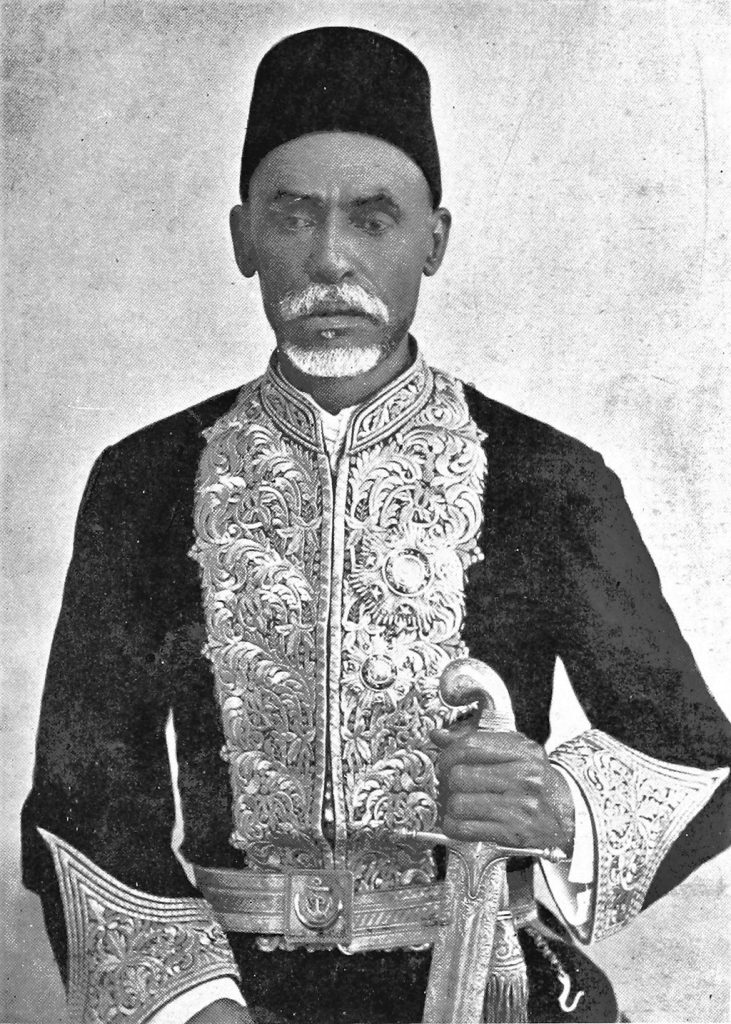Explore the divine Mount Kailasa, revered by Brahma and Shiva, nestled near the Himalayas, accompanied by the serene Manasarovar lake.
Discover Bhai Rup Chand's legacy, a devoted Sikh and ancestor of Bhai family, remembered for his significant role in spreading the Sikh faith.
Explore Vishnu's significance as the Preserver of the world and his revered incarnations. Learn about his attributes, consort Lakshmi, and mystical tales.
Explore the historic role of Akali Dal Khara Sauda Bar in Sikh shrine liberation & reform. Learn about its origins & evolution in the 20th century.
BUNGA, 5 km south of Kiratpur Sahib (31 °10`N, 76t)35`E) in Ropar district of the Punjab, claims a historical shrine Gurdwara Bunga Sahib, also called Chubachcha Sahib, dedicated to Guru Har Rai. Guru Har Rai, Nanak VII, complying with his predecessor`s instruction, continued to maintain at Kiratpura body of armed Sikhs, 2,200 strong. Bunga was the place where their horses were kept. At the back of the Gurdwara, there is a row of rooms one of which has within it a square pit symbolizing the original chubachcha or trough where the horse feed was mixed. From this the shrine came to be called Chubachcha Sahib.
FIVE SYMBOLS, a set of five distinctive features or elements of personal appearance or apparel that set off Sikhs from the followers of any other religious faith. Any study of religious symbols involves a dual task: first, to explain the meaning of symbols not only in terms of their original connotations but also on the basis of contemporary categories of understanding; secondly, to discriminate between genuine symbolism and piny post hoc interpretations which later times may have imposed on things originally having little symbolic relevance. A symbol is generally defined as something that stands for, represents or denotes something else, especially a material object representing or taken to represent something immaterial or abstract, as being an idea, quality or condition. Words, phrases and sentences, for instance, represent various beings, ideas, qualities or conditions.
Explore Lahura Sahib in Ghawindi—a historic Sikh shrine where Guru Nanak stayed, surrounded by vibrant nature and rich cultural heritage.
Discover Ravi-Suta, the revered son of Surya, immersed in divine wisdom. Unearth mythological insights from Guru Granth Sahib. Read more now!
Explore Zobeir Rahama's pivotal role in Maharaja Duleep Singh's restoration campaign and his impact on international affairs despite his decline.
ALMAST, BHAI (1553-1643), Sikh preacher and head of a dhuari or branch of the Udasi sect, was born in a Gaur Brahman family of Srinagar (Kashmir) on 26 August 1553. He was the son of Bhai Hardatt and Mai Prabha, and was the elder brother of Balu Hasna, another equally prominent preacher of the sect. Almast\'s original name was Alu; he came to be called Almast (lit. intoxicated, in a state of ecstasy, in different) because of his mystical proclivities and indifference towards worldly affairs. He was also called Kambalia or Godaria because he would normally be dressed only in a ragged blanket (kambal, in Punjabi) or godari, a light quilt or padded sheet.




